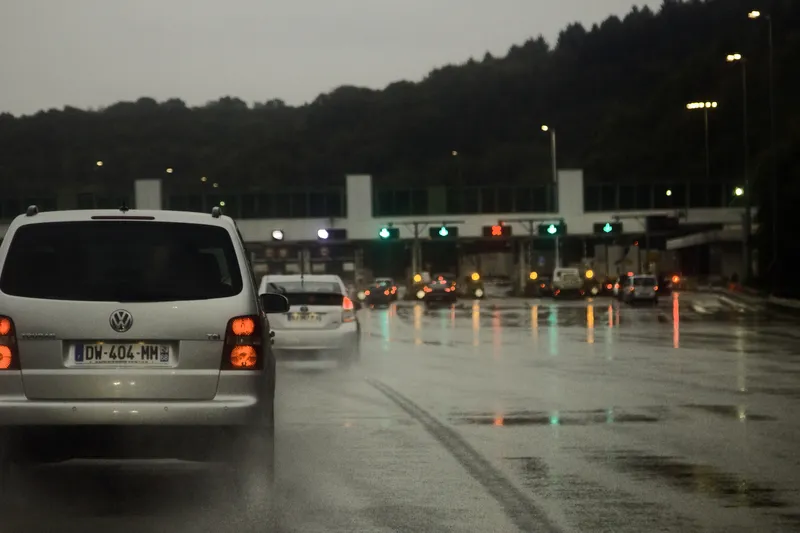The firm says that the electrically-powered aircraft are emission-free and take off and land vertically to maintain safety. Volocopters are based on drone technology and can carry two people over distances of 27km.
For the infrastructure, the firm proposes that areas it calls ‘Volo-Hubs’ could allow the air taxis to land and take off every 30 seconds. Once inside, battery packs will be exchanged automatically in a protected area by robots before moving on to the section where passengers embark for take-off. In addition, the hubs could offer space to park all Volocopters in operation.
Volocopter to launch air taxi infrastructure for cities within ten years
Volocopter has unveiled its vision for an air taxi infrastructure for cities which it claims could integrate into transportation systems and provide mobility for up to 10,000 passengers per day. The company expects the technology to be available within the next ten years. The firm says that the electrically-powered aircraft are emission-free and take off and land vertically to maintain safety. Volocopters are based on drone technology and can carry two people over distances of 27km. For the infrastructu
April 27, 2018
Read time: 1 min









